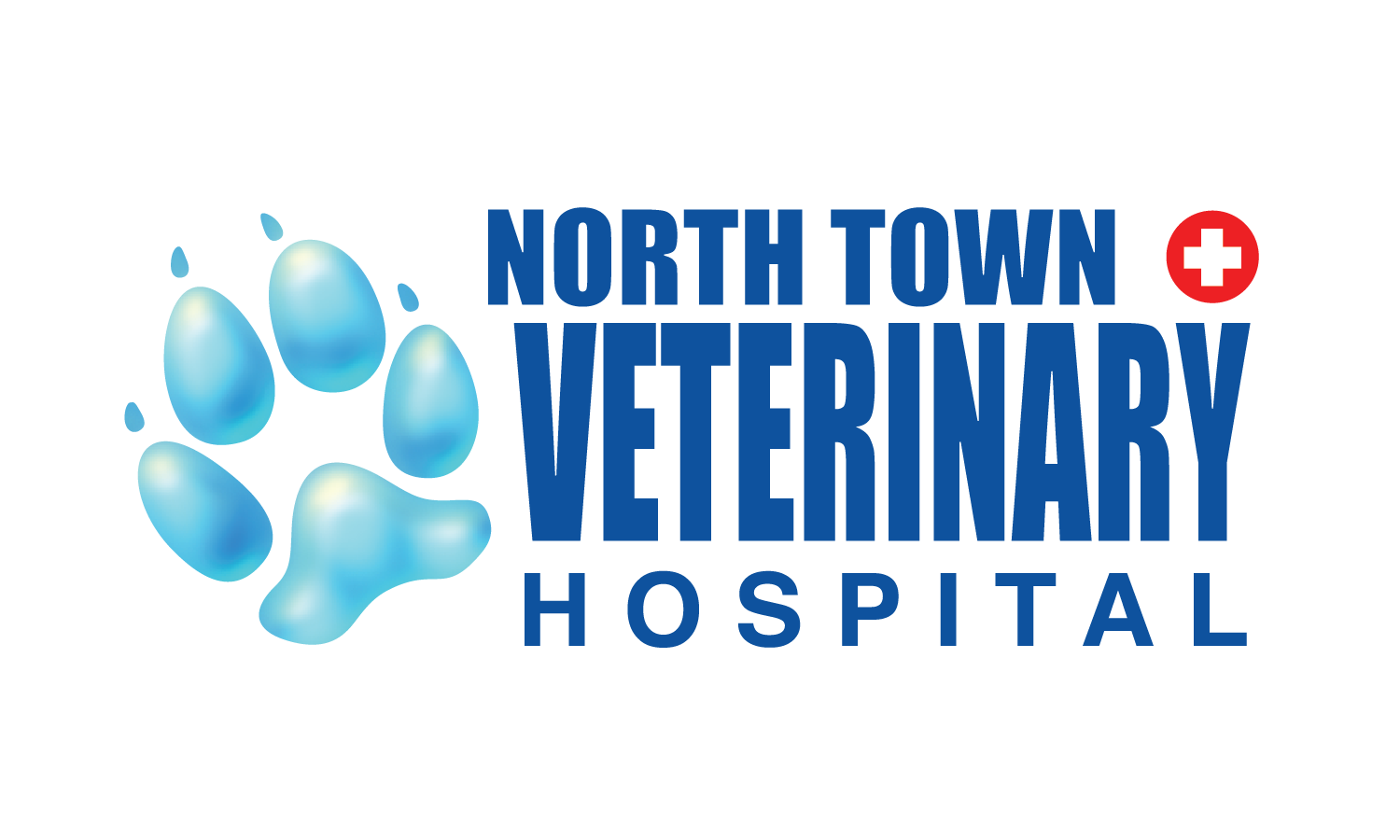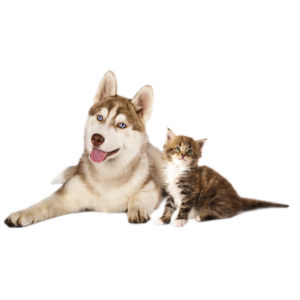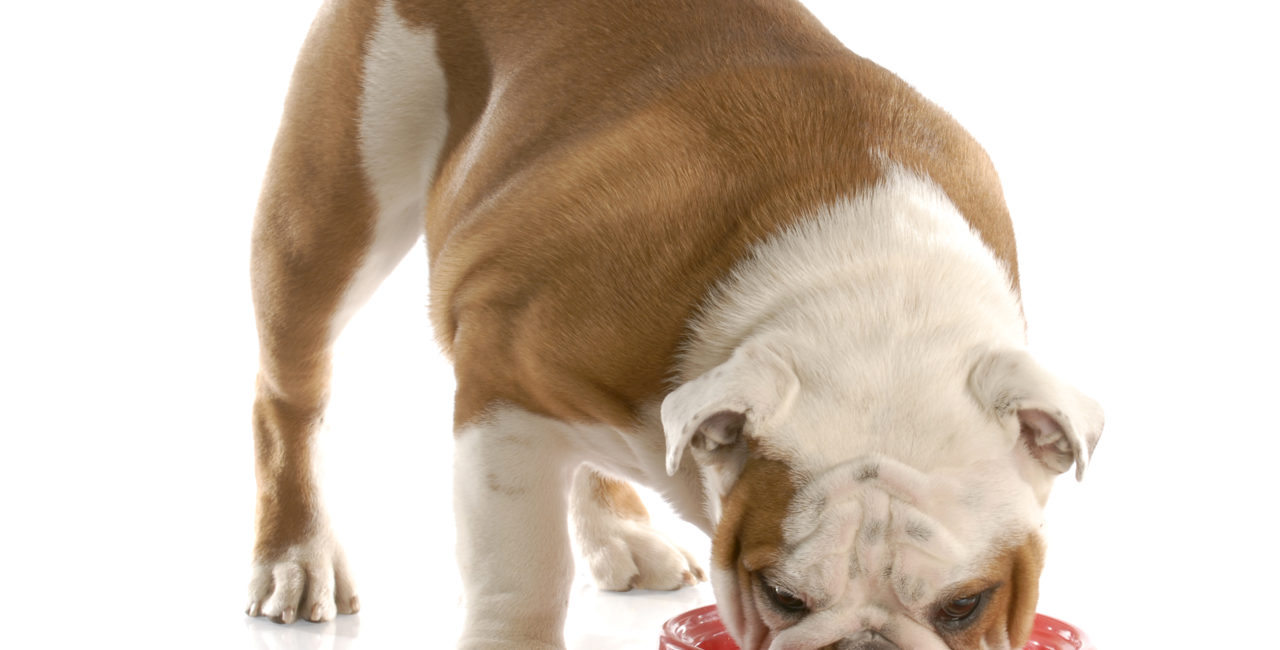In veterinary medicine we are seeing an epidemic of obesity in companion animals that is very concerning. As researchers have studied adipose tissue (fat) more they have gained a greater understanding of its function and discovered that it is the most abundant source of hormones in the body. It also contains cells that produce many inflammatory cytokines, resulting in overweight and obese patients living in a chronic state of inflammation. It is believed that this chronic state of inflammation is a major contributor to the many chronic diseases associated with obesity, some of which are listed below.
Cardiorespiratory diseases:
- Tracheal collapse
- Laryngeal paralysis
- Brachycephalic airway obstruction syndrome
- Dyspnea
Metabolic Alterations:
- Insulin resistance
- Glucose intolerance
- Hepatic lipidosis (cats)
- Hyperlipidemia
Enocrinopathies:
- Hypothyroidism
- Hyperadrenocorticism
- Diabetes mellitus
- Insulinoma
Orthopedic disorders:
- Osteoarthritis
- Cranial cruciate ligament rupture
- Intervertebral disc disease
- Humeral condylar fractures
Knowing the many adverse effects of excess weight, what can we do to prevent our pets from becoming overweight or obese? The most vital tool seems overly simple…portion control. For the majority of overweight and obese pets, excess weight is the result of excess intake of calories. If excess weight results from excess intake of calories, then preventing excess calorie intake should prevent excess weight.
Here are some numbers to help understand how easily excess calorie intake can happen.
- A 10 lb dog should consume approximately 300 calories (kcal) per day. Blue Buffalo Life Protection has 378 kcal/cup, meaning this dog should eat ¾ cup of kibble per day. But this little dog also gets a small dentabone (100 kcal) and 4 milk bones (20 kcal each) per day. So he is actually eating 180 kcal more than he should, this means his caloric intake is 60% more than his body needs every day.
Let’s put this into perspective… if the average human adult consumed an excess of 100 calories per day they would gain approximately 1 pound per month. In the above example, a 10lb dog is consuming an excess of 180 calories per day.
The first step to preventing excess weight is to ask your veterinarian to help you determine your pet’s daily caloric requirements. Then look at the calorie content of your pet’s food and treats to see what they are really eating in a day. Treats should account for no more than 10% of your pet’s daily calories. In the example above that means the 10lb dog should have no more than 30 kcal per day from treats and this reduces his kibble intake to 270 kcal per day.
After looking at how much food your pet should be getting each day, you will likely say I’m crazy and your pet is going to be begging at you constantly for food. The second step is retraining your pet and yourself. Many people interpret a pet’s nuzzling or barking for attention as food seeking behavior rather than the attention seeking behavior it really is. Therefore, pets learn they will get food from these behaviors. We, as pet owners, need to change how we view our pet’s behavior and reward these behaviors with attention – playing with a favorite toy, grooming, going for a walk etc. This reduces the need to overfeed and increases your bonding time with your pet.
These strategies are the core basics of weight management and only begin to scratch the surface of the resources available. To get your pet on track for a healthy weight for life, we would be delighted to schedule a nutritional consultation.




